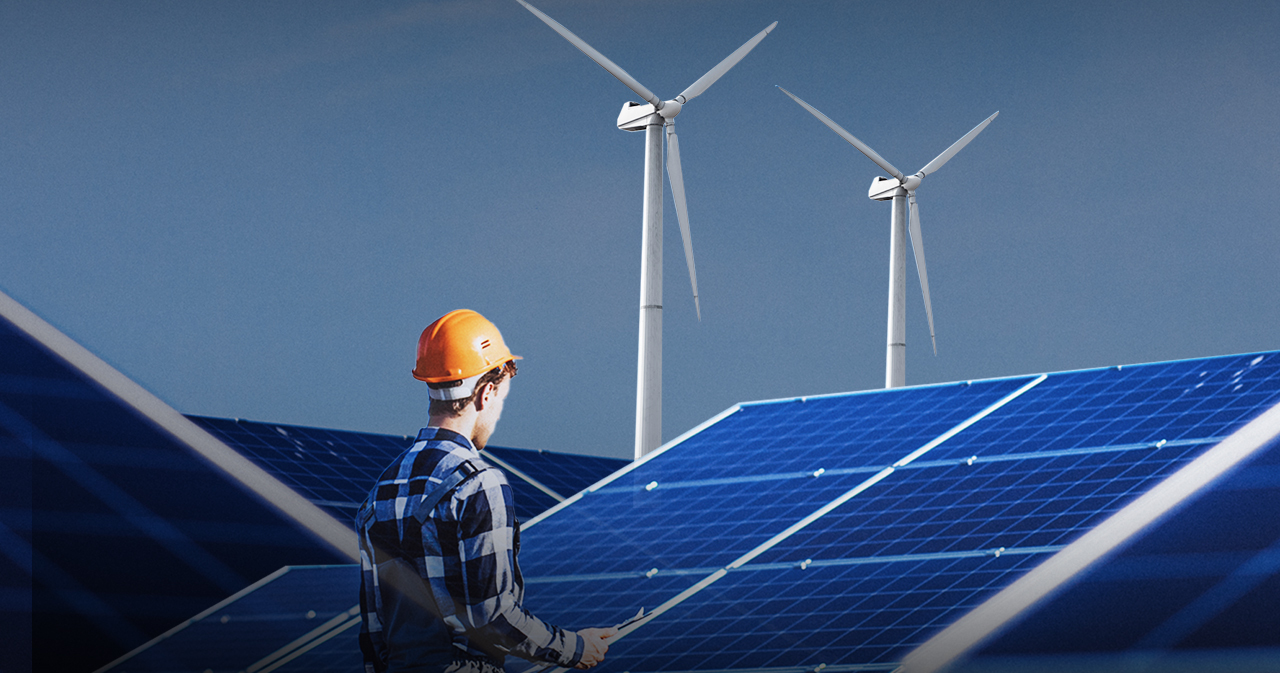
Climate tech encompasses a broad range of technologies and solutions designed to address the challenges of climate change. These innovations aim to reduce greenhouse gas emissions, enhance energy efficiency, and promote sustainable practices across various industries. Let’s delve into what climate tech is and explore some groundbreaking examples.

What is Climate Tech?
Climate tech refers to the tools, technologies, and processes that help mitigate the effects of climate change or adapt to its impacts. These solutions can be broken down into three main categories:
- Mitigation: Technology aimed at lowering greenhouse gas emissions (GHGs) – the main cause of global warming. This includes renewable energy sources like solar and wind power, as well as technologies that capture and store carbon dioxide already in the atmosphere.
- Adaptation: Technologies that help us cope with the inevitable consequences of climate change, such as rising sea levels, extreme weather events, and changes in agricultural productivity. Examples include drought-resistant crops, flood protection systems, and early warning systems for extreme weather.
- Sustainability: Technologies that promote resource efficiency and reduce our environmental footprint. This includes innovations in areas like waste management, circular economy principles (where materials are reused and recycled), and sustainable agriculture.
The Rise of Climate Tech
Investment in climate tech is booming. Venture capitalists are recognizing the immense potential of this sector, with billions of dollars being poured into climate-focused startups. This influx of capital is accelerating innovation and bringing new solutions to market at an unprecedented pace.
Examples of Climate Tech
Here are some examples of climate tech that are making waves in 2024:
- Super-efficient Solar Cells: Next-generation solar technologies, such as perovskite tandem solar cells, are revolutionizing the way we harness solar energy. These cells combine different materials to absorb a wider spectrum of sunlight, significantly boosting efficiency.
Enhanced Geothermal Systems: By creating human-made geothermal energy sources, enhanced geothermal systems allow us to tap into the Earth’s heat more effectively, even in locations where natural conditions are not ideal.
- Carbon Removal Technologies: Innovations in carbon capture and storage are crucial for decarbonization in atmostphere. These technologies range from direct air capture to methods that enhance natural carbon sinks.
Renewable Energy Projects: Wind, solar, and hydropower continue to be vital components of climate tech, providing clean, sustainable energy to replace fossil fuels.
- Sustainable Farming Tools: Climate tech also extends to agriculture, with new tools that promote efficient water use, soil health, and reduced emissions from farming practices.
Challenges and Opportunities
Climate tech still has challenges despite the increase in investment. A large amount of money must be invested in numerous technologies that are still in the early phases of development before they can be commercially viable. Policies and regulatory frameworks must also change to encourage and facilitate the creation and application of climate tech solutions.
However, there are a lot of opportunities. In the ensuing decades, the climate technology market is anticipated to be valued in the trillions of dollars. Businesses that can create and implement workable solutions have the potential to benefit the environment as well as achieve significant financial rewards.
The Impact of Climate Tech
The potential of climate tech is vast, with the power to transform industries and lead the way to a low-carbon future. Besides, climate tech also offers job creation and growth opportunities while fostering international cooperation and sustainable practices across industries. By investing in these technologies, we can hope to achieve significant emissions reductions, create sustainable economies, and protect our planet for future generations.
Conclusion
Climate tech is not just about innovation; it’s about survival. As we face the escalating consequences of climate change, the role of climate tech becomes ever more critical. It’s a field that’s ripe with opportunities for investment, development, and deployment, and it holds the key to a sustainable and prosperous future for all. The integration of these technologies into everyday life marks a pivotal shift towards a more sustainable and resilient global infrastructure. Climate tech’s trajectory suggests a future where innovation not only drives economic growth but also safeguards our environmental legacy.


